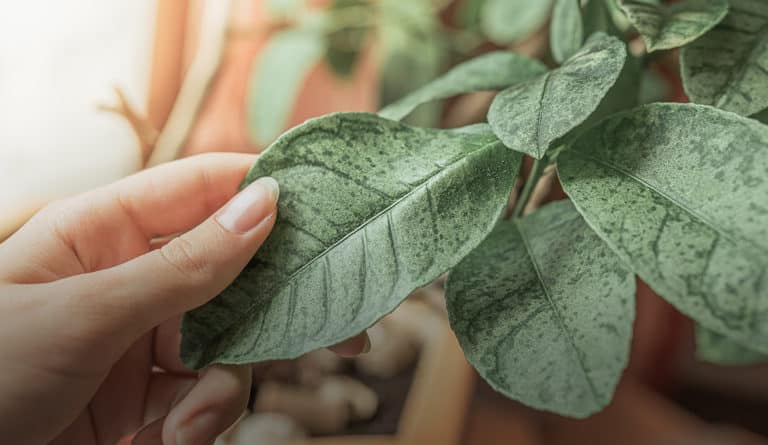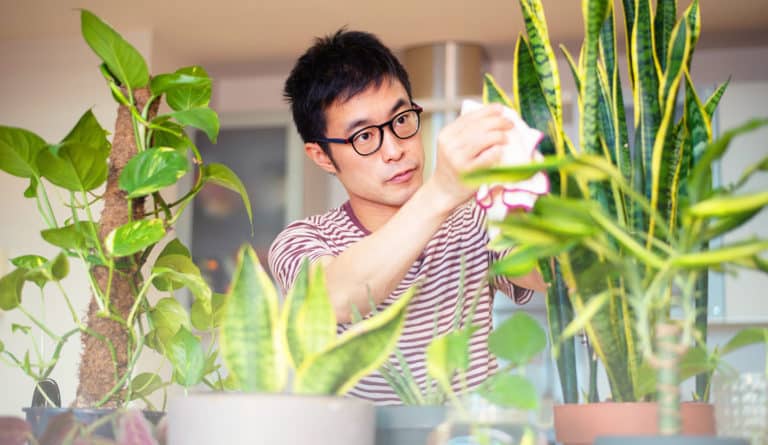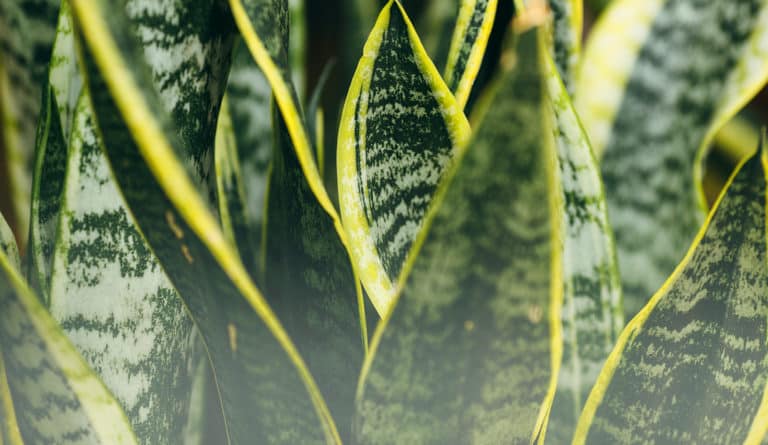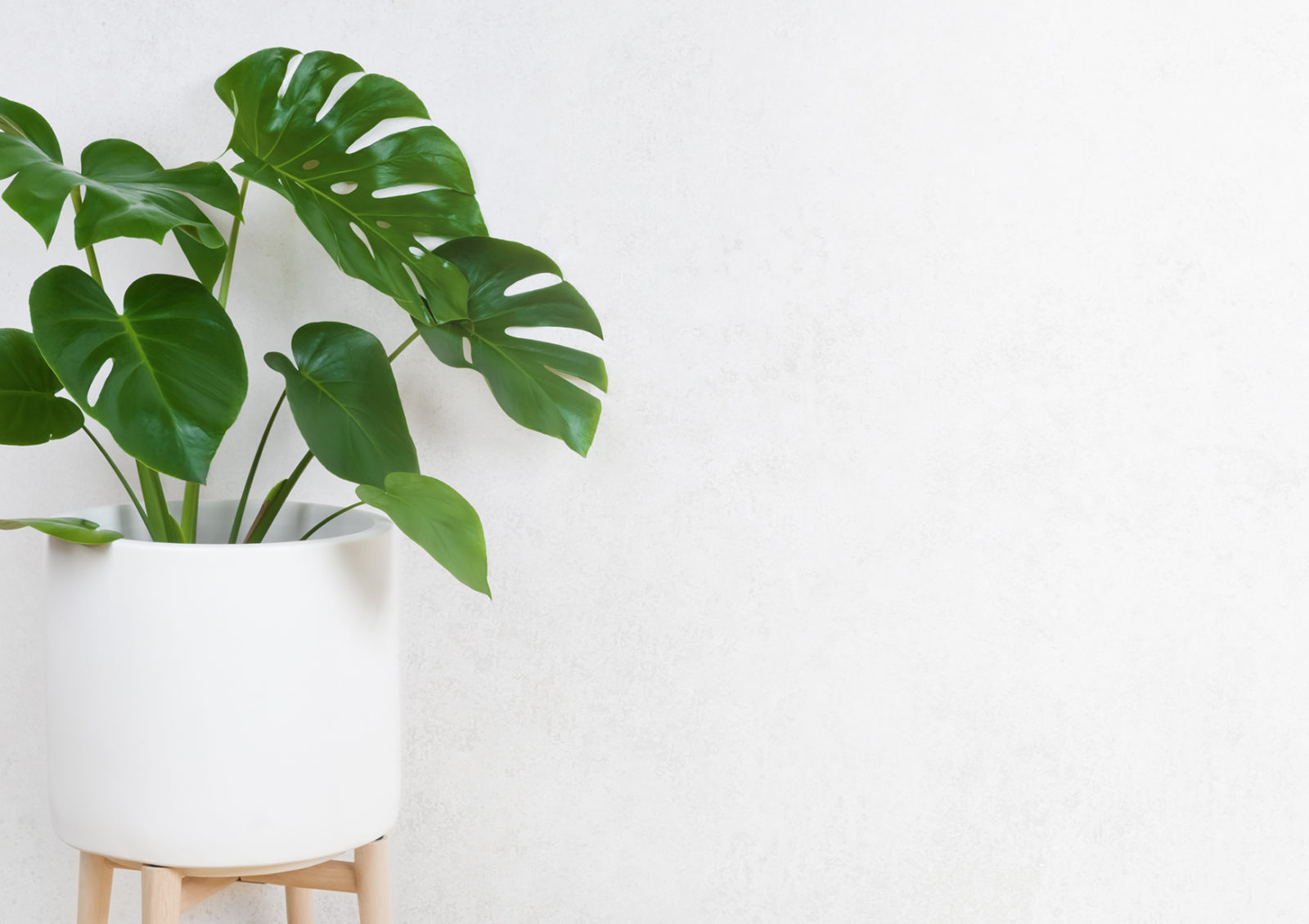
monstera
aka monstera deliciosa, swiss cheese plant, split-leaf philodendron
When it comes to great looks and easy care, the monstera is an absolute beast! Its distinct natural leaf holes have earned it the nickname “swiss cheese plant”.
variations
This South American beauty comes in a wide variety of plants. Monstera Obliqua Monstera Deliciosa, Monstera Adansonii and Rhaphidophora Tetrasperma to name a few.
light
bright, indirect light
Lots of indirect light. Loves bright, but can handle a shadier spot. Keep out of direct sunlight.
water + feeding
get dry between watering
Water thoroughly, but allow the top inch or two to completely dry before re-watering. Do not overwater, where you see water pooling on top or in the tray. Feed monthly during spring and summer.
toxic
toxic to humans and pets
Ingestion will cause mouth and stomach irritation and possible vomiting. Can be severly toxic if too much is ingested.
location
flexible
Settles in nicely to average indoor temperatures. Doesn’t like sudden temperature changes like cold drafts or getting blasted by heater vents.
humidity
loves some extra
Monstera is from the tropics, so high humidity is welcome.
size
generally a large friend
But size varies by subspecies. Deliciosa can grow over 6 feet height and 6 feet wide. Adansonii is a vine-like plant that grow 6 feet down, or grow up a moss pole.
pro tip
clean those leaves
Wipe leaves regularly to keep them dust-free. And they love the humidity of a good misting.
fun fact
swiss cheese leaves
Monstera’s monster leaves develop holes to allow heavy wind and rain to pass through. Monstera is Latin for “strange”.
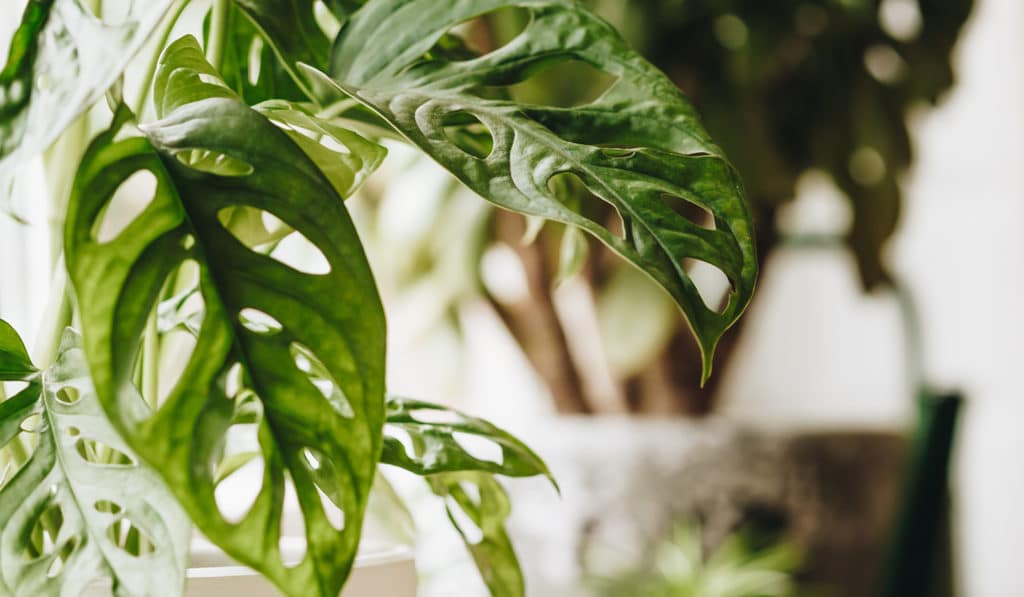
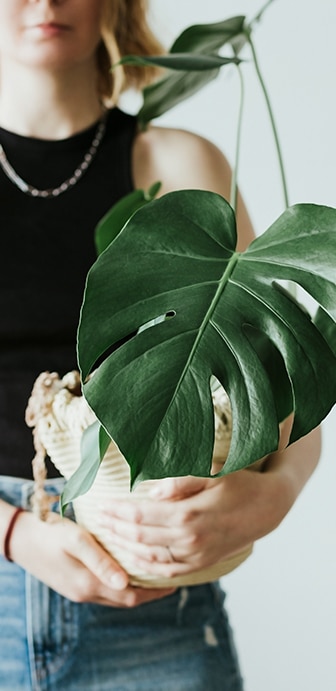
beyond the basics
-
soil & potting
Use a rich, well-draining, indoor potting soil, like Miracle-Gro® Indoor Potting Mix. Ensure your pot has good drainage. If you notice water pooling in the drainage tray, empty it.
-
when to repot
Monstera grows fast, filling the pot with roots, and can quickly become rootbound. Repot in the Spring every 1 to 2 years, especially with younger plants. Increase your pot by 2 inches. When your Monstera is more mature, you can get away with just replacing the top few inches of soil.
-
propagation
Monstera is easy to propagate, especially If you have a node or aerial roots. Make your cut just below the node , then remove the lower leaves. Place your cutting in a glass jar with water and roots will grow within a couple weeks. For more information on propagation check out our propagation project page!
-
pest control
The most common pest is mealybugs. Look under those leaves when doing your regular cleaning. Check out our Pest control section in Plant 101 for how to identify and deal with pests on your plant!
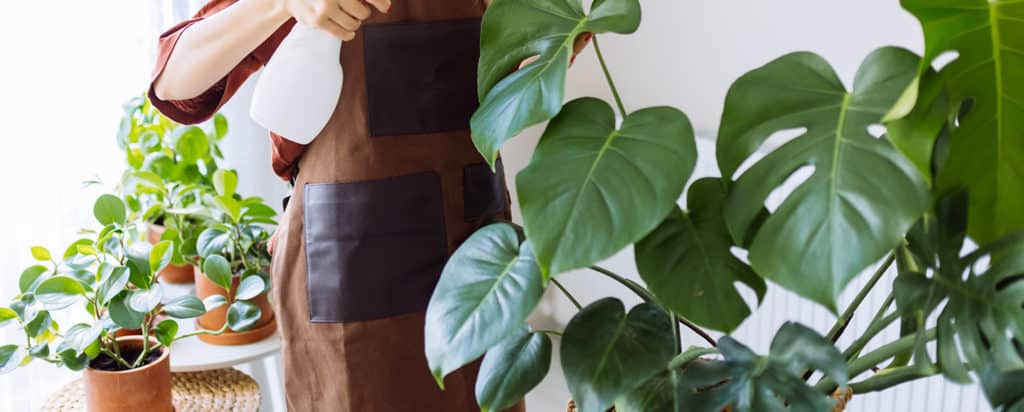
troubleshooting
-
yellow leaves?
You’re probably overwatering. Are the leaves are also wilting? It’s almost certainly too much water, but this problem is easy to solve if caught early. Let your Monstera dry out completely. Make sure your plant pot has a drainage hole to allow excess water to escape.
If you’ve caught it early you should be able to fix this rather easily. Try poking holes in soil to allow for oxygen to get to the roots, or place pot (with drainage holes) in a tray or container with dry soil. This will soak up excess moisture. Finally check for root rot, remove any roots that seem affected, you may want to repot with fresh dry soil. For more information check out our Plant 101 section.
-
leaf tips and edges turning brown?
Could be a variety of reasons. Dry air, dry potting mix, too low of temperatures, or outgrowing pot size. If the room this plant is in is over 75 F/24 C and the air feels dry try a humidifier or placing plant on a pebble filled try of water. Mist leaves regularly. If near a heat vent move it away. If the room is too cold, or near a cold window move somewhere warmer.
Check if roots are bound or sneaking out the bottom drainage hole. Repot if necessary.
-
plant ‘crying’?
Too much water. Monstera leaves can drip if their potting mix is too wet. Slow down on the watering. Make sure the top two inches of potting mix get fully dry between waterings.
-
no holes in the leaves?
Probably not a problem! Young plants don’t have them. But if you have a mature plant that’s stopped producing holes with leaves, something is wrong. Check your location, watering and feeding routine.
-
mold on the surface soil?
Overwatering, too little time between watering. Mold (and even mushrooms) growing on your soil is not a direct threat. But it IS a sign of overwatering. Root rot can follow if not addressed. Water less frequently and make sure you let the top two inches of soil fully dry before watering. Ensure you have proper drainage. If things look really moldy, you can remove the top inch or so of soil.

